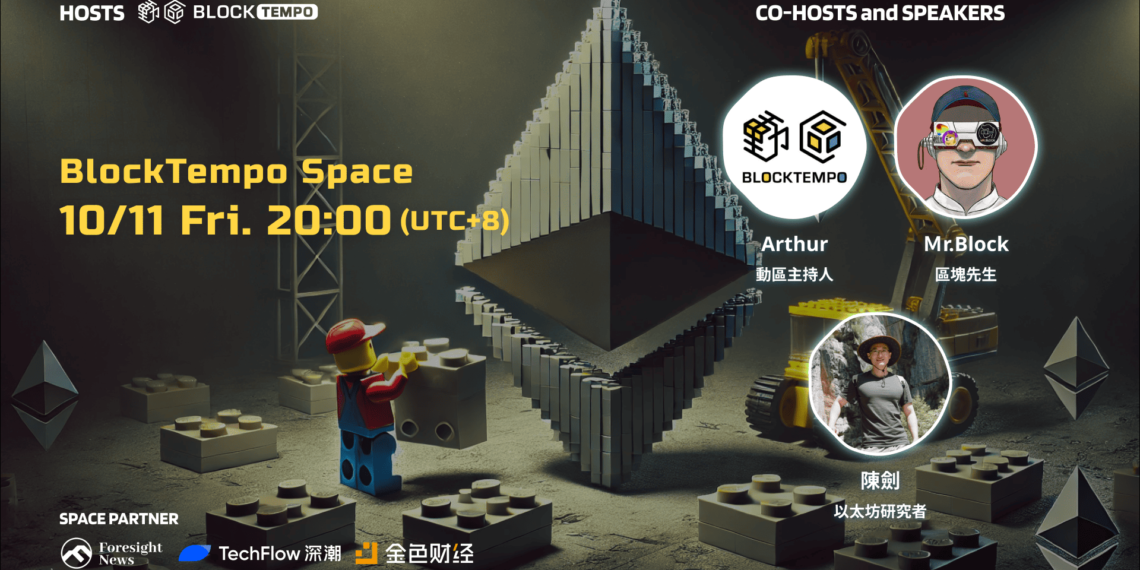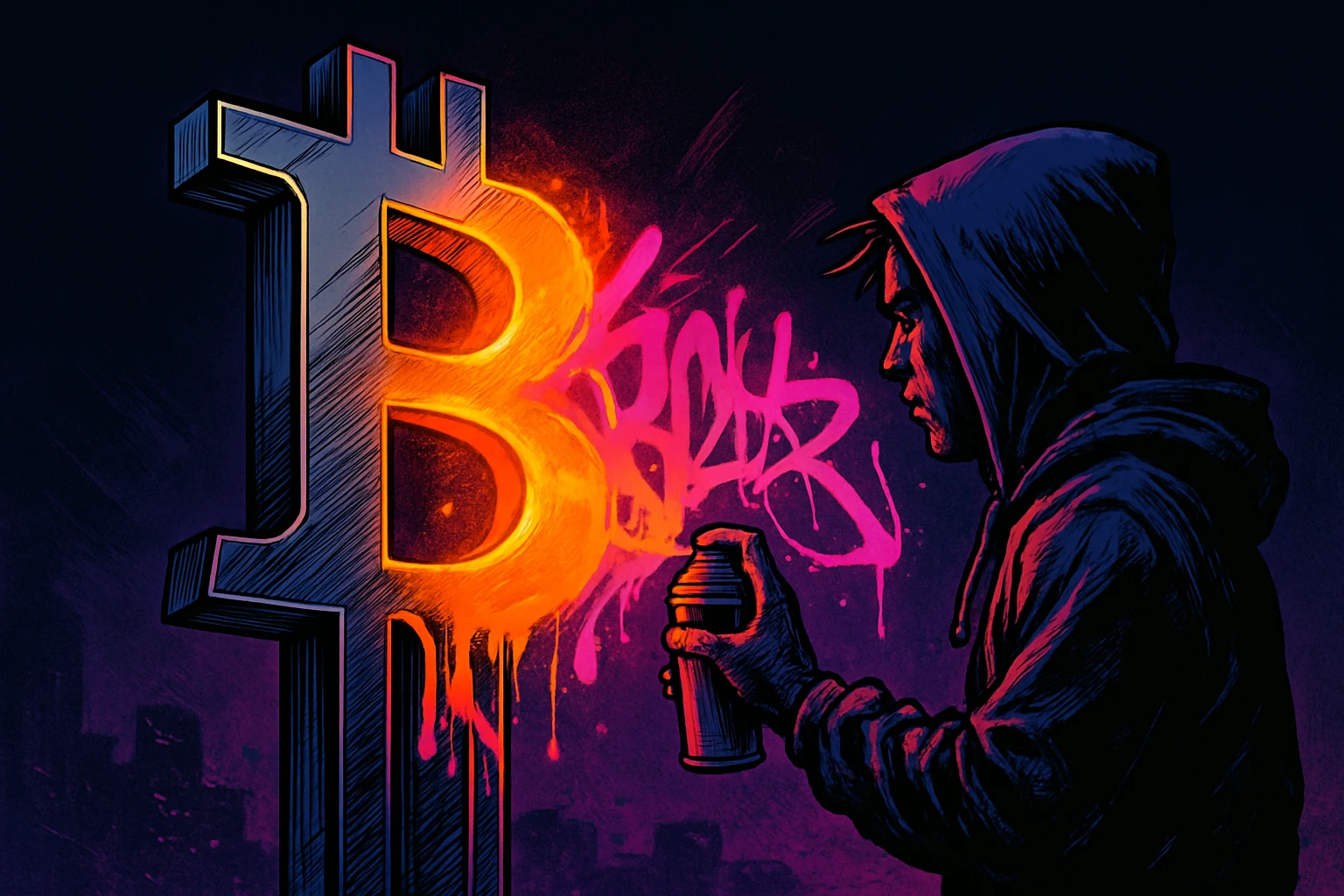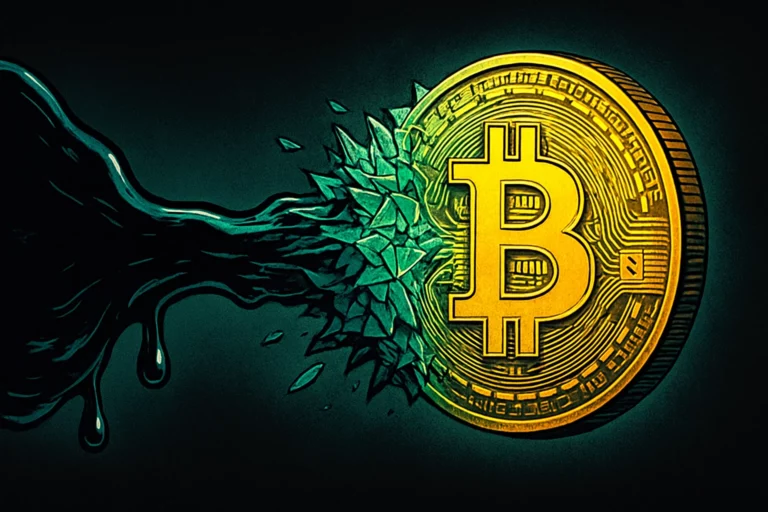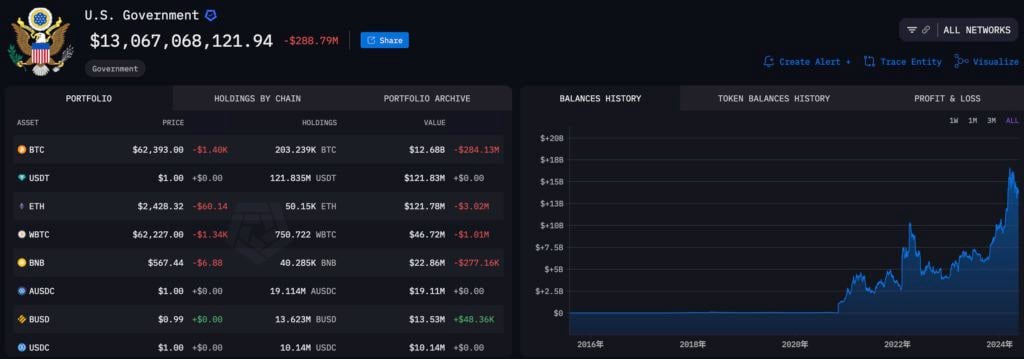To remain rational in the crypto market, it’s essential to deeply consider five core issues: long-term ETH holding, altcoin value, and the bottlenecks of DeFi innovation. This article originates from an article by ChainView, compiled, translated, and written by PANews.
![图片[1]-Don’t be a slave to your emotions when investing: First, think clearly about these 5 propositions.-OzABC](https://www.ozabc.com/wp-content/uploads/pepe-invest-750x375-1.webp)
If you don’t want to become a slave to the emotions of the cryptocurrency secondary market, you must think clearly about these questions:
1) Is it really worth holding ETH for the long term?
With BTC becoming almost like a US stock market, ETH has become the leading asset for on-chain innovation in the crypto world. So, in the upcoming RWA trend of everything going on-chain, if you don’t dare to hold ETH, what assets are worth holding?
Since you have faith, you must understand that faith needs time and fluctuations to be realized.
2) Is the value of altcoins actually zero?
If the supply is zero, why are there so many counterfeit products emerging? It’s because demand determines supply. If the supply is not zero, why has making money by holding counterfeit products become incredibly difficult?
Instead of fighting against counterfeits, it’s more realistic to adjust our expectations of counterfeits.
3) Why has the once-familiar sustained bull market for DeFi and NFTs disappeared?
Each wave of infrastructure boom ultimately awaits the explosive growth of the application market to take over. If this boom is delayed, a prolonged vacuum will exist. This is the crux of the bottleneck encountered by technological innovation after MEME, and also the truth behind the increasingly short-lived liquidity.
Perhaps we have all misjudged this market; the bull market will never truly arrive until genuine “innovation” emerges.
4) What exactly have BN made to the industry?
We previously experienced the DeFi and NFT innovation boom in the Ethereum ecosystem, as well as Solana’s MEME Season, and a brief period of “pseudo-innovation” in Bitcoin inscriptions. Of course, there was also the meteoric rise of Hyperliquid. But ever since the liquidity war in the crypto space, which aimed to “make the bull market happen in BSC,” everything has changed.
From a business perspective, BN has proven itself as a company, but as an industry leader, BN should learn a term: “positive externalities.”
5) Can a corporate organizational structure replace decentralization?
The previous cycle was dominated by decentralized architectures, research-driven innovation, and community-driven innovation. However, with attention and efficiency becoming the new catalysts, and success stories led by commercial organizations, purely research-driven approaches are clearly no longer suitable for the new environment.
But don’t forget that Uniswap, ENS, and others weren’t conceived by venture capitalists; they were born in an era of “inefficiency but full of possibilities.” Decentralized innovation research and business-oriented scalable resources and execution are never adversaries; synergy between the two is the future.
above.
There are no standard answers to these questions, but you must have your own.
Which cryptocurrencies should you hold that truly have value? Which communities should you join? Which technological narratives should you follow? How can you navigate the ups and downs of the market with ease?
Behind these choices lies a test of your understanding of the essence of crypto. If you don’t want to be enslaved by your emotions, you must first figure out what you truly believe in and what you are waiting for.





















